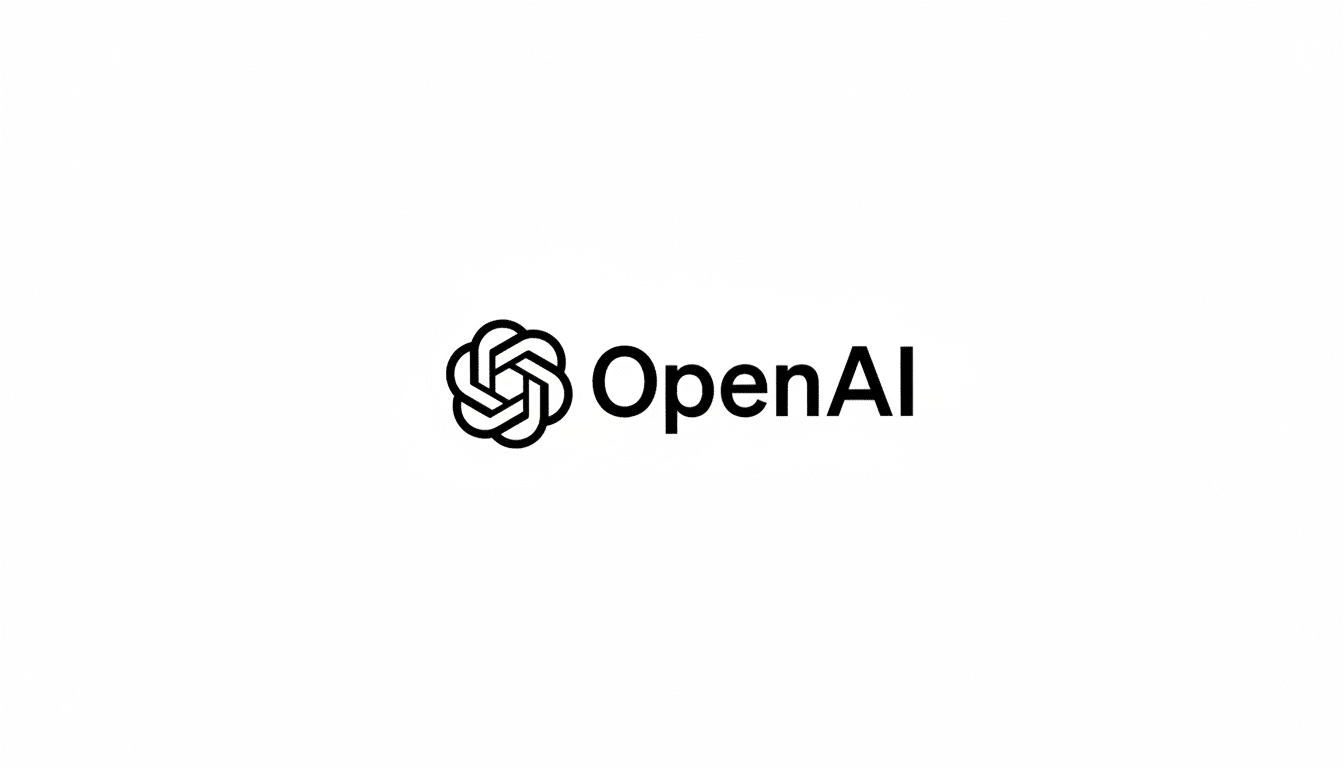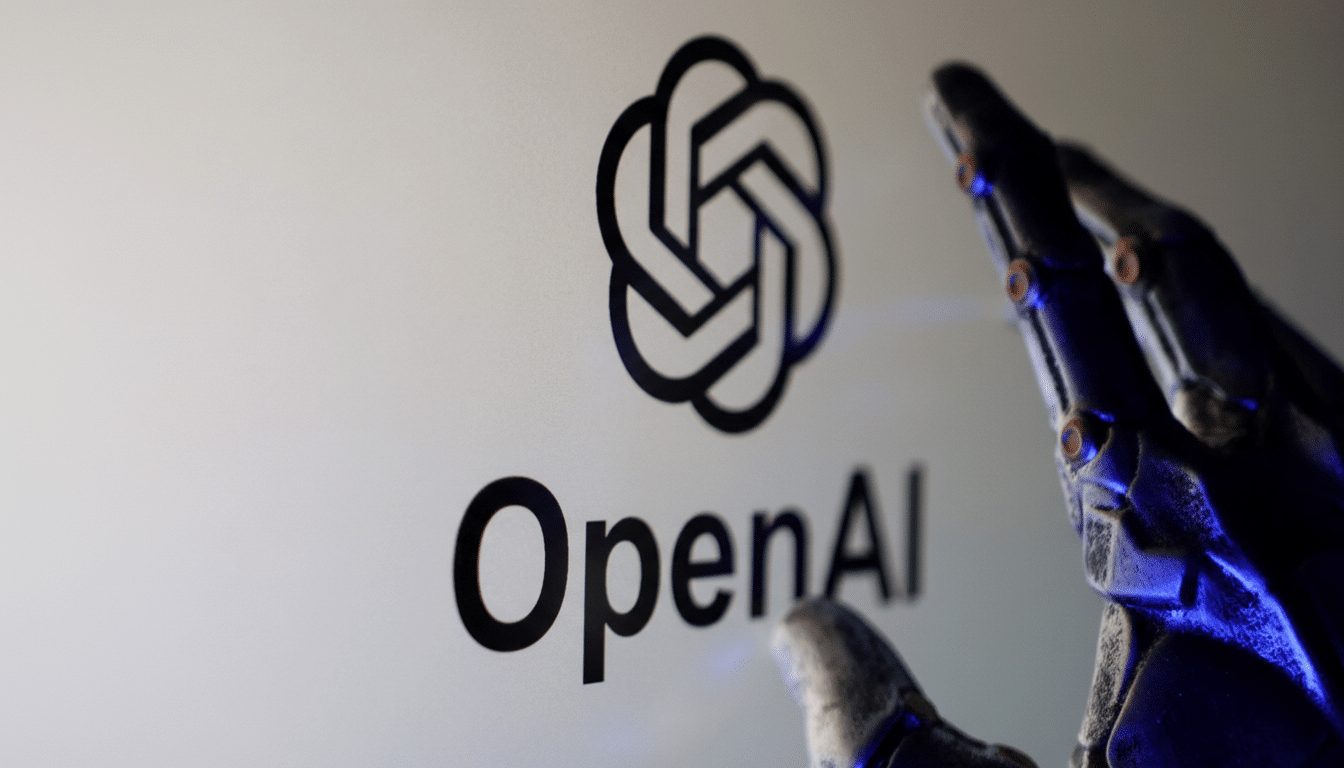OpenAI has put together a new expert council on mental well-being and AI safety, a step that suggests the company will seek to establish guidelines around how people — especially younger users — engage with chatbots. The panel will also make recommendations on safety, product design, and best practices to limit the intervention’s harm by age group.
The announcement comes as public concerns mount over the mental health implications of conversational AI. In a company update published last week, CEO Sam Altman also stated that OpenAI has addressed “serious mental health risks” associated with its products, including ChatGPT, and suggested that ChatGPT would allow more adult content — including erotica — adding yet another wrinkle to the debate over age gating and harm reduction.
- Why OpenAI Is Venturing Into Mental Health
- Who Is Advising OpenAI on Mental Health and Safety
- Trust Gaps and Usage Patterns in AI Mental Health Support
- Regulatory Push and Safety Standards for AI Mental Health
- Key Questions the Council Should Address on AI Safety
- What to Watch Next as OpenAI Rolls Out Safety Changes

Why OpenAI Is Venturing Into Mental Health
But chatbots, marketed as therapy or not, are increasingly being asked about anxiety, relationships, and even self-harm. That leaves a responsibility gap: users may turn to these for help in times of crisis, while most AI systems are not licensed to diagnose or treat. The company’s new advisory council aims to narrow some of that gap with guidance on guardrails, escalation paths, and product policies modeled after clinical standards.
The stakes are not abstract. A wrongful death lawsuit has raised questions about whether ChatGPT can be linked to a teen suicide, pointing out the lack of clear lines and crisis-response protocols for guidance. Mental health advocates have also cautioned that overuse of chatbots can intensify isolation or confuse reality for some users, especially if the assistant presents itself as an intimate or always-on companion.
Who Is Advising OpenAI on Mental Health and Safety
The council consists of researchers and clinicians specializing in psychology, psychiatry, digital well-being, and human-computer interaction, OpenAI says. The company said some of the named collaborators were academics attached to a Boston Children’s Hospital Digital Wellness Lab and Stanford Digital Mental Health Clinic, as well as advisers connected to a Global Physician Network it consults with regarding safety concerns.
The mandate is broad: to advise on evidence-based standards for healthy AI interactions, test policy changes before they’re deployed, and stress-test failure modes as varied as exposure to inappropriate content and poor crisis guidance. The company said it will continue to make the final decision while drawing lessons from independent experts and policymakers to integrate them into its product road map.
Trust Gaps and Usage Patterns in AI Mental Health Support
Public trust in emotional support AI is still at a low ebb. A recent survey of 1,500 U.S. adults by YouGov found that only 11 percent are willing to use AI for their mental health conditions, and just 8 percent trust the technology with that kind of task. Those attitudes reflect a broader tension: increasing fascination with digital tools coupled with anxiety about dependability, privacy, and the potential for harmful advice.
Despite skepticism, demand pressures persist. The World Health Organization has noted worldwide shortages of trained mental health professionals, and national data from the United States National Institute of Mental Health show a continued increase in the percentage of adolescents who express depressive symptoms and are at risk for suicide. Used that way, people might turn to chatbots after hours or between appointments, or when formal care is out of reach — upping the ante for safety features like crisis hotlines, refusal responses, and referral urges.

Regulatory Push and Safety Standards for AI Mental Health
Regulators are paying more attention to how generative AI intersects with the safety of young people and mental health. Several states have acted to rein in apps that are marketed as therapeutic without clinical oversight. New California laws place safety reporting burdens on AI developers and offer protection for children from exposure to sexual content; one of the statutes also sets up rules for how platforms respond to suicidal ideation and self-harm.
This presents OpenAI with a conundrum of compliance and design. Admitting more explicit content into general-purpose models requires solid age verification, context-aware content filters, and clear avenues of crisis support. The expert council’s report is likely to shape how the company fine-tunes its refusal policies, red-team testing, and partnerships with crisis support organizations.
Key Questions the Council Should Address on AI Safety
But there are practical questions as well: What counts as a “healthy” interaction when users are looking for emotional support rather than clinical care? What is a system to do when the conversation veers into self-harm or abuse? Can models offer coping strategies without crossing over into treatment-like territory? And how do safety guidelines change with age, culture, or risk profile?
Experts generally highlight three pillars: transparency about the sorts of things AI is and isn’t good at; guardrails that keep harmful or sexual content away from children; and escalation mechanisms to direct users to humans in emergency situations. A mature standard would involve auditing, outcome measurement, and public reporting — three aspects of the digital health arena not yet routine in consumer AI.
What to Watch Next as OpenAI Rolls Out Safety Changes
But the council’s effectiveness will be judged less by press releases and more by changes to products users can see: safer defaults, clearer crisis messaging, age-appropriate experiences, and independent evaluations. As lawmakers, clinicians, and users look on closely, the OpenAI model may set an unofficial standard for the industry — or show how difficult it is to translate clinical wisdom into real-time chatbot behavior.
If the company is able to show a significant decrease in abusive conversations without affecting utility, it could help push AI toward being a responsible support tool. If not, the push for greater regulation of AI companions and mental health claims could gain momentum. For now, the council represents a significant step forward in aligning fast AI deployment with slower, evidence-based safety values.

